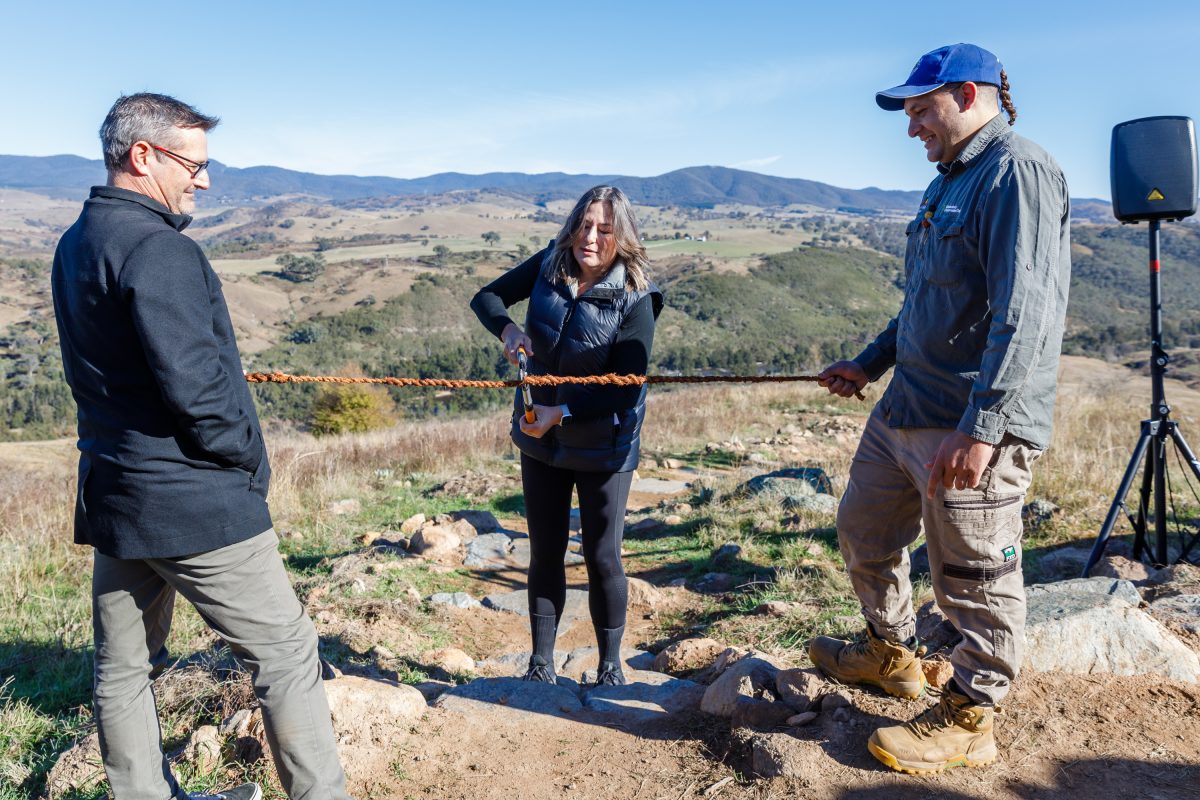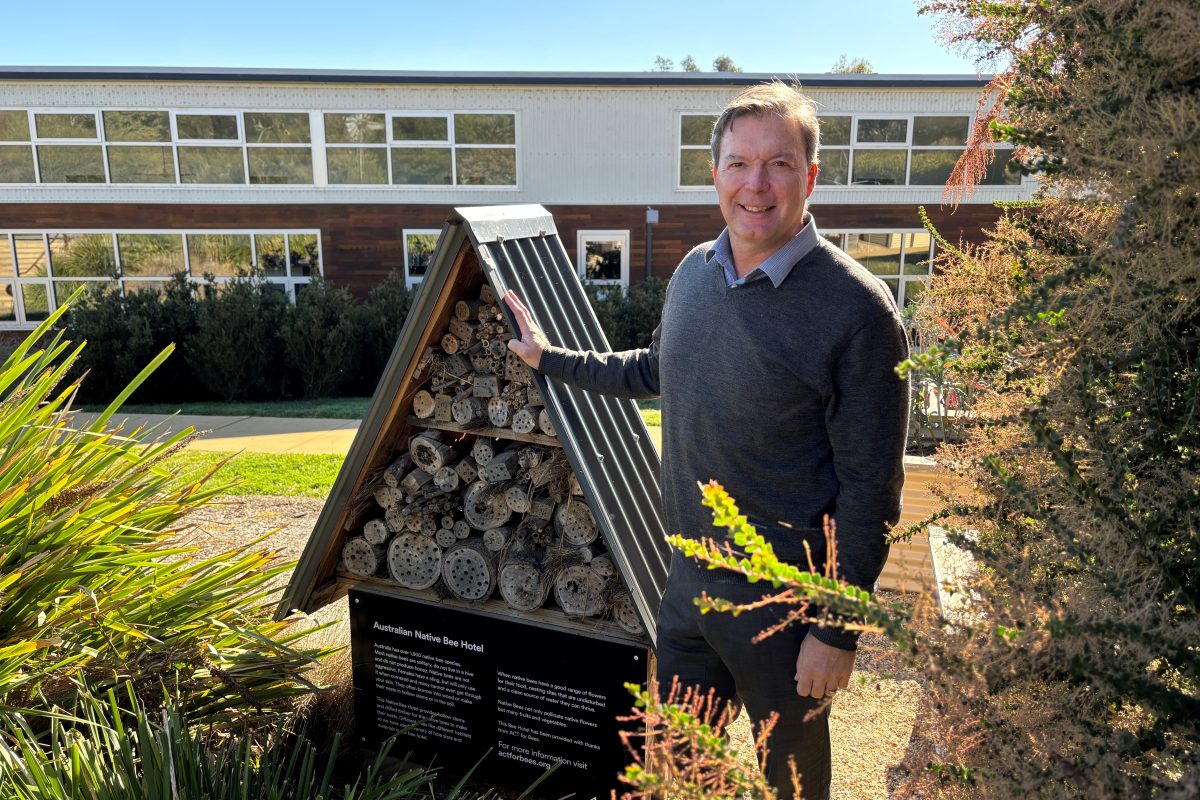Protecting Strathnairn’s Little Eagles
The Little Eagle is a species native to Australia that inhabits open woodland, grassland and arid regions. It is listed as vulnerable under the ACT Nature Conservation Act 1980 and also listed as a vulnerable species in NSW. The species is not listed under the Commonwealth’s Environment Protection and Biodiversity Conservation Act 1999.
In late December 2013, evidence was provided to the Ginninderry project team of a pair of Little Eagles nesting on the project site in the vicinity of Strathnairn.
The Little Eagle had not been recorded in any of the project’s earlier surveys, although it was known on nearby sites at Molonglo.
In addition to a 2014 study into the dietary habits of the pair of Little Eagles, a 2016 report prepared by the University of Canberra’s Institute for Applied Ecology are using radio-tracking of the male eagle to assist in understanding the Little Eagle movements.
Some of the key insights from the University’s initial study include:
- The average daily distance travelled by the male Little Eagle was just under 10km
- The home range of the male Little Eagle covered about about 65km2, ranging from west of the Murrumbidgee River in the south, through to Wallaroo (NSW) in the north and across to William Slim Drive and the Barton Highway to the east.
- Localities such as Strathnairn, Gooromon Ponds, Dunlop Reserve and CSIRO’s Ginninderra lands were frequently visited during the monitoring period.
- 13% of the time was spent within the proposed Riverview conservation area and 8% within the proposed development area.
- The male Little Eagle spent most of its time in open woodland habitat, followed by grassland, but often flew high over urban areas to access foraging grounds that were separated by up to 20km.
- The male Little Eagle repeatedly used a corridor of open woodland/rural habitat that extends from the proposed development area along the ACT/NSW border into both Gooromon Ponds and CSIRO lands, as the areas provided large trees for roosting and shelter as well as foraging habitat.
The initial report covers the data collection period from December 2015 to February 2016, when a small tracking device was first attached to the eagle. We have now recommenced this process with transmitting information continuing to be collected, providing valuable insights for ongoing evaluation.
Riverview Projects along with other key stakeholders such as CSIRO are working closely in consultation with the Conservation Research Unit within the ACT Government’s Environment and Planning Directorate to assess the findings of this report and further work that will be required to ensure an effective management strategy to maintain the viability of this species as an ACT region breeding resident for the long term.
A clearance zone for the Little Eagle has been established in the Approved Variation to the Territory plan 351, which states that no development, including infrastructure and construction-related activities will be permitted within 200m of the Little Eagle nesting tree and immediate foraging area, until such time as research on the Little Eagle has been completed and confirms that the site (i.e. the area within the clearance zone) is suitable for development.
The Variation was based on extensive planning and environmental assessments, which were the subject of detailed community consultation as part of Territory Plan 351.
Click here to learn more about Ginninderry’s conservation corridor.


